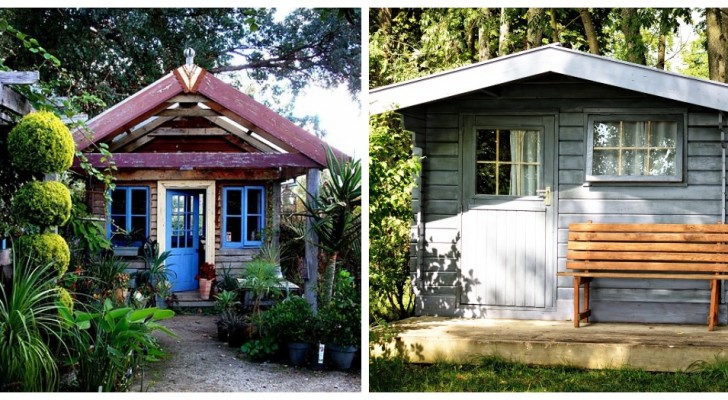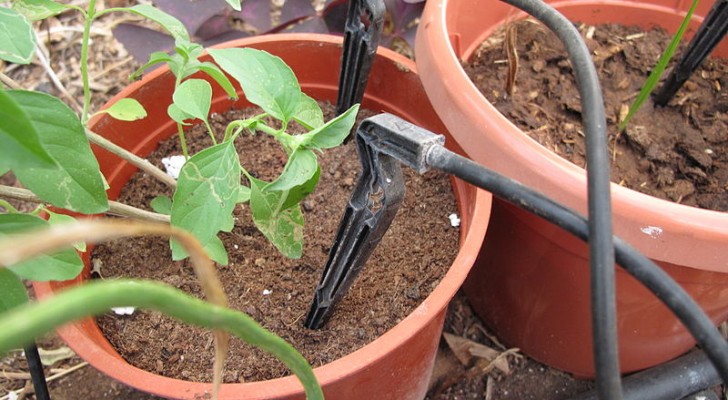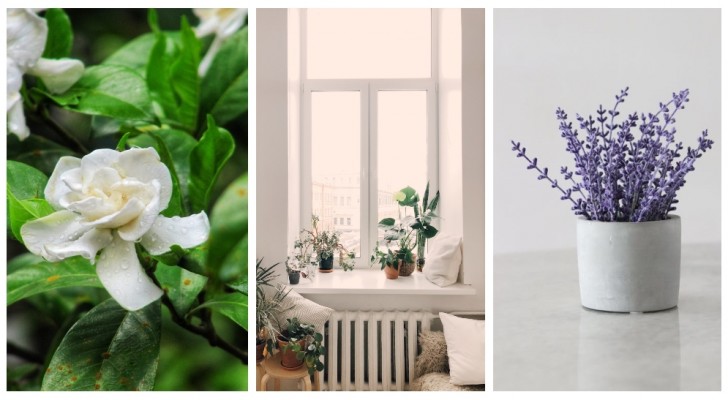Potted mimosas: some tips for growing this beautiful and fragrant plant
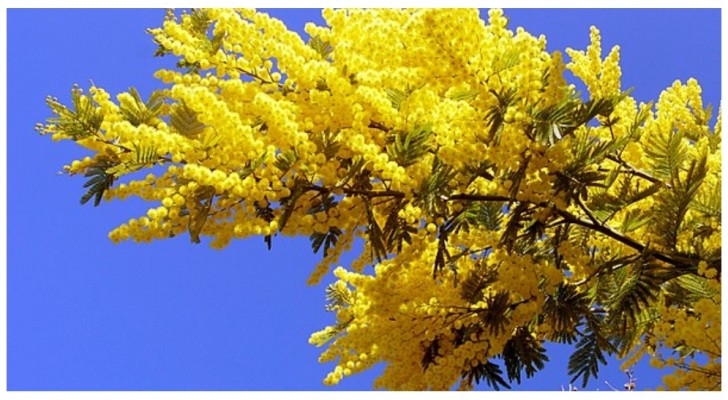
Mimosas are among the first trees that announce the arrival of spring every year: with their soft yellow flowers they are among the most loved and well-known plants, and they also have a really pleasant scent. Although we commonly call it mimosa, in reality it is a type of acacia (Acacia dealbata), and it is native to the Australian continent: it arrived in Europe only in the nineteenth century, but it was able to spread really quickly.
We know it even more as the plant associated with Women's Day, because it generally blooms abundantly in the period around March 8th, and grows in many gardens and even in the wild. With a little attention, however, it is also possible to grow it in very large pots, where it will become an substantial shrub.
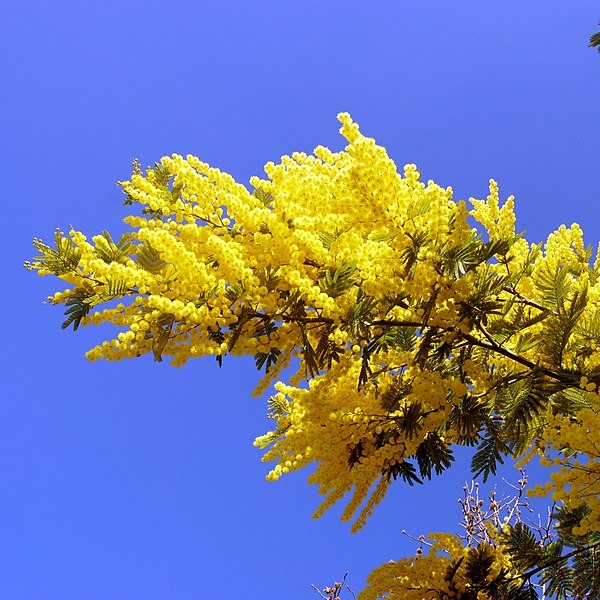
- Soil: mimosa needs a neutral or slightly acidic and well-draining soil, but no sand or stones. It will be sufficient to use a good universal soil with a little organic fertilizer and then expanded clay (especially on the bottom), in order to let the water drain easily.
- Exposure: This plant should be placed in a spot where it receives direct sun for most of the day, so a south / south-west exposure is ideal.
- Temperatures: this is a species that can withstand temperatures as low as -5°C, but if the temperature drops further for several days, it risks dying. Plants that are sheltered from the most intense cold (perhaps due to the presence of walls or hedges), and even those that are mature, are however more resistant to thermal changes. Typically, if some branches freeze and die, the mimosa is able to recover. However, potted plants are not always as hardy as those grown outside, so in winter they must be located in a sunny spot sheltered from frost and strong winds. In areas with very harsh winters, therefore, and if they are grown in pots, they should be moved to shelter or kept in a greenhouse.
- Watering: they must be abundantly and frequently watered during the hottest periods (from spring to summer), and the soil must always remain slightly humid (or in any case, not be dry for more than one or two days). Cut back on the watering in autumn and even more in winter. In pots, the soil dries up quite fast, so you need to be very consistent and careful - but never overdo it, because these plants don't like too much water.
- Pruning: pruning is usually carried out after flowering.
- Diseases: these plants are quite immune to many diseases, and in case they are affected by aphids and similar insects, specific treatments or treatment with a soft soap is usually sufficient.
- Fertilizer: mimosas can take a generic fertilizer for flowering plants from spring to the end of summer every two weeks, in increasingly smaller and more diluted doses than those indicated on the packages.
Happy gardening!

